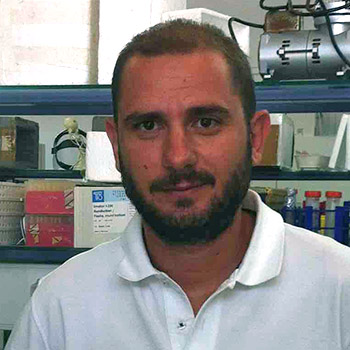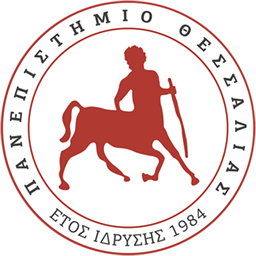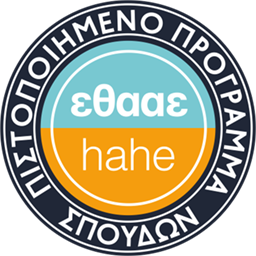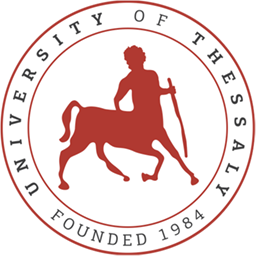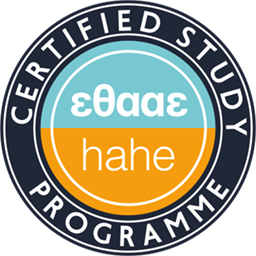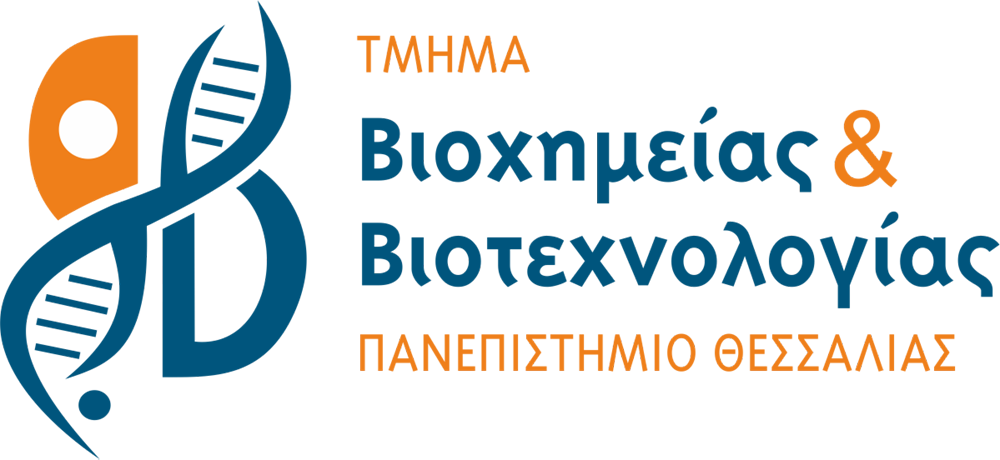Waste Treatment Technologies
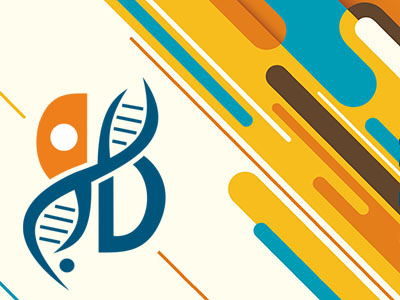
Theory: 2 hours/week | Tutorials: 4 hours/week | ECTS Units: 4
Content – Aim of the course
This course aims to present to the students the technologies used for the treatment of liquid, solid and aerial wastes of diverse origin (municipal, industrial etc). Particular focus is given on the use of a range of treatment methods. This way the students will be in a position by the end of the course to identify which systems would be more appropriate for the treatment of wastes of a given quality and origin.
Analytical Description of the Course
- INTRODUCTION: Types and sources of pollutants, major categories of pollutants present in liquid and solid wastes, legislation regarding waste treatment.
- INTRODUCTION INTO THE TREATMENT OF LIQUID WASTE STREAMS: Preliminary description of the three basic stages in all treatment systems: primary, secondary and tertiary treatment.
- PRIMARY TREATMENT: Preliminary treatment (solids and oil removal) Organic solid removal by sedimentation, coagulation, filtration, instrumentation and equipment.
- SECONDARY TREATMENT – SUSPENDED GROWTH SYSTEMS:
Activated Sludge Systems: Principals and characteristics, microbial content, advantages and disadvantages, aeration systems, factors affecting operation. Systems for biological removal of anions: Principals and characteristics, microbial content and biochemical reactions, removal of nitrates, removal of phosphate, combined systems. Aerobic digestion: Principals and uses. Anaerobic digestion: Principals and biochemical reactions, microbial content and diversity, reactors used for anaerobic digestion of liquid wastes. Lagoons: Principals and characteristics, categories of lagoons and microbial content, advantages and disadvantages, applications and uses. - SECONDARY TREATMENT – ATTACHED GROWTH SYSTEMS: Attached growth bioreactors: types, applications and uses. Trickling Bed Filters: Operational principals, microbial content and diversity, application and uses, advantages and disadvantages, factors controlling operation and efficacy. Rotating Biological Contactors: Principals, microbial content and diversity, uses, advantages and disadvantages, factors controlling operation and efficacy.
- TERTIARY TREATMENT: Chemical precipitation of metals and anions
Ionic Exchange Membrane filtration – Electrodialysis Adsorption Disinfection methods - SOLID WASTE TREATMENT: Landfilling: description and legislation, basic design principals, biochemical reactions – anaerobic digestion and methanogenesis,
Composting: biochemical reactions, composition of microbial biomass, composting systems, application and factors controlling operation and efficacy. - EXAMPLES OF OPERATING WASTEWATER TREATMENT SYSTEMS IN DIFFERENT INDUSTRIES
- TREATMENT OF AERIAL WASTES: Methods for the removal of aerial contaminants and air suspended solids.
Assessment
The performance of the students is evaluated through written exams at the end of the semester (50%) and through submission and presentation of an assignment before the written exams (50%). Assignments are available only for students which have attended more than 60% of the lectures. Students which were not given an assignment will be evaluated 100% through written exams at the end of the semester.
Reading Suggestions
- Εισαγωγή στην Περιβαλλοντική Μηχανική, Κουνγκολος Α., Εκδόσεις Τζιόλα, Θεσσαλονίκη, 2006: ISBN 960-418-077-0
- Τεχνολογίες Επεξεργασίας Τοξικών Επικίνδυνων Αποβλήτων, Γκέκας Β., Φραντζεσκάκη Ν., Κατσίβελα Ε., Εκδόσεις Τζιόλα, Θεσσαλονίκη 2001: ISBN 960-8050-69-3
- Biological Wastewater Treatment, C.P.L. Grady Jr, G.T., Daigger and H.C. Lim, 2nd Edition, Markel Dekker Inc., 1999. ISBN 0-8247-8919-9
Teaching Material / E-class
Lecturers
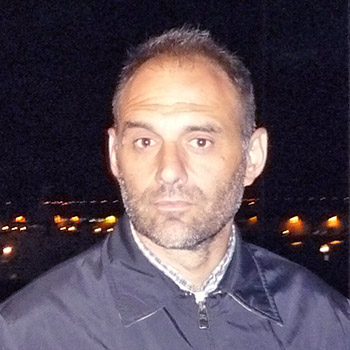
Dimitrios Karpouzas (Course Coordinator)
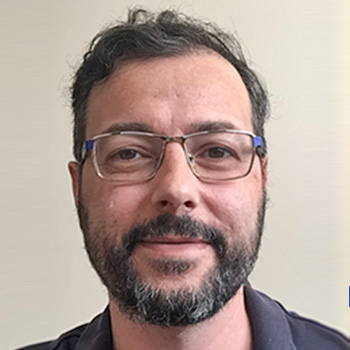
Sotirios Vasileiadis
